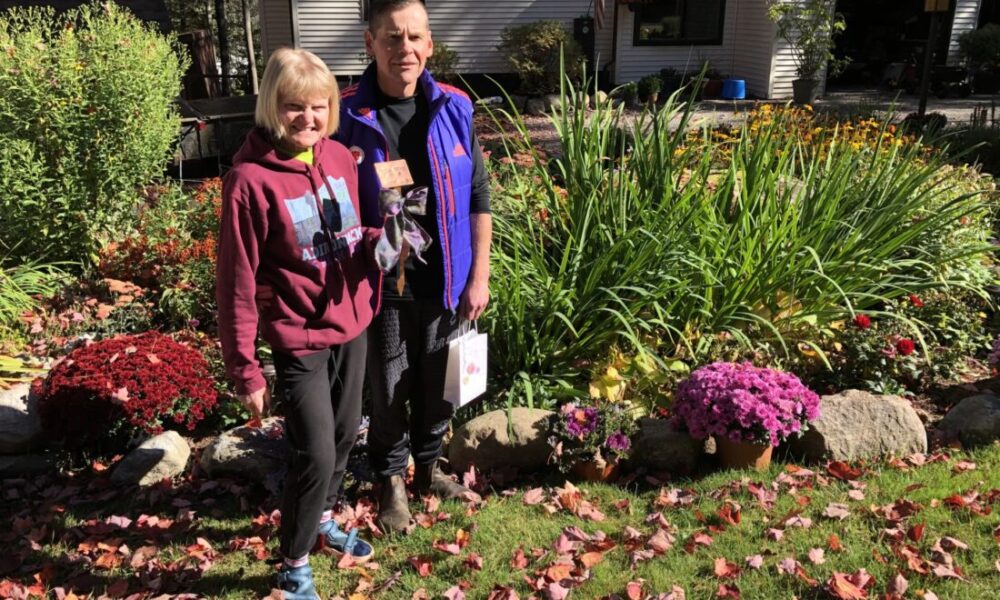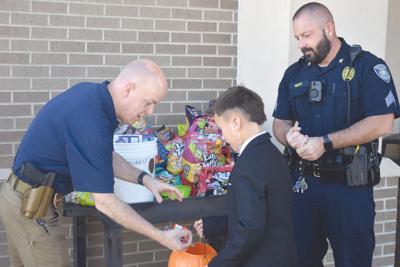Halloween is a holiday that invites imagination, evoking a sense of wonder that transcends age. Unlike other celebrations centered around specific figures, Halloween embraces a more abstract belief — in the transformative power of the night itself.
For many, including those who grew up in vibrant cities like New York, the magic of Halloween unfolds each October. As the temperature drops and daylight diminishes, neighborhoods come alive with adornments. Stores fill with plastic skeletons, orange lights, rubber spiders, and a variety of costumes that signal the approach of this unique celebration. Streets transform as children don their costumes, weaving through brownstones, with the scent of wet leaves and sugar filling the air.
The joy of Halloween lies in its ability to shimmer with magic, where every mask can conceal a delightful surprise. This sense of shared excitement fosters a community spirit, making the dark of night an inviting space.
As time passes, personal experiences with Halloween evolve. The thrill of trick-or-treating gives way to campus events and parties, where costumes often become statements of irony rather than expressions of creativity. Group chats dictate costume choices, and the essence of play seems to shift towards performance.
Yet the spirit of Halloween remains alive. Each year, as the chill of autumn settles in, familiar feelings of nostalgia and excitement resurface. A glowing pumpkin in a window or a pet dressed in a costume can spark that same electric joy felt in childhood.
This evolving relationship with Halloween reflects a deeper appreciation for what the holiday represents. What was once pure magic morphs into a chance to escape reality, to embrace different identities, and to find levity during an otherwise demanding season.
Halloween’s Enduring Impact
The essence of Halloween does not fade with age; it simply transforms. It can be found in simple rituals, the flicker of candlelight, laughter among friends, and the warmth that envelops campuses during the fall months. This nuanced belief—rooted in tradition yet adaptable—allows individuals to engage with Halloween in a manner that feels appropriate for their current stage in life.
As one reflects on the significance of Halloween, it becomes clear that the holiday offers a unique form of permission: the freedom to engage in fantasy, to play along, and to celebrate the lighter side of life. Such experiences may not mirror childhood innocence, but they cultivate a chosen, cherished connection to the joy that Halloween continues to inspire.
Ultimately, the magic of Halloween resides not in its past but in the present, allowing individuals to explore the whimsical nature of the night, ensuring that the spirit of the holiday endures in its many forms.







